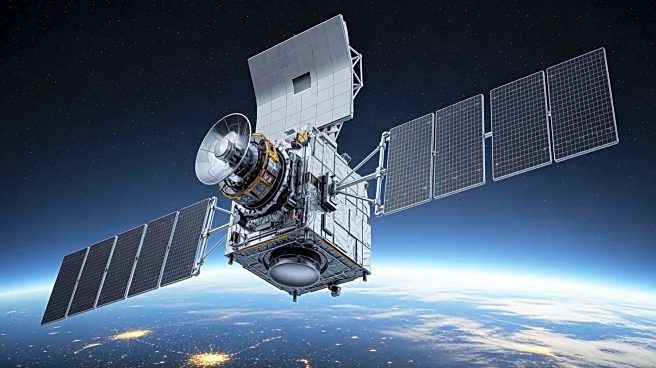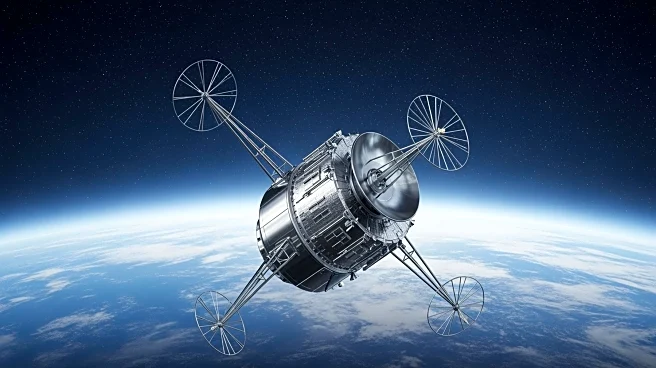What's Happening?
The NISAR (NASA-ISRO Synthetic Aperture Radar) satellite has released its first radar images of Earth, marking a significant milestone in the joint mission between NASA and the Indian Space Research Organisation
(ISRO). Launched under President Trump, the satellite aims to provide detailed data for various applications, including disaster response and agricultural management. The images, captured by the satellite's L-band synthetic aperture radar system, reveal intricate details of Earth's surface, such as water bodies, forests, and urban areas. This mission represents a collaborative effort between the United States and India, showcasing the potential of international partnerships in advancing space exploration and Earth monitoring.
Why It's Important?
The NISAR satellite's ability to capture high-resolution radar images of Earth's surface is crucial for monitoring environmental changes and managing natural resources. By providing detailed insights into land cover, soil moisture, and ice surface movements, the satellite supports efforts to address climate change, natural disasters, and agricultural productivity. The data can help decision-makers develop strategies to mitigate the impacts of environmental challenges, benefiting sectors such as agriculture, forestry, and urban planning. The collaboration between NASA and ISRO also highlights the importance of international cooperation in tackling global issues, setting a precedent for future joint missions.
What's Next?
As the NISAR mission progresses, the satellite will continue to collect data, with the science phase set to begin in November. The satellite will monitor Earth's land and ice surfaces twice every 12 days, providing continuous updates on environmental conditions. This ongoing data collection will enhance the ability of scientists and policymakers to respond to environmental changes and natural disasters. The mission's success may also encourage further collaborations between NASA and ISRO, as well as other international space agencies, to address global challenges through advanced space technology.
Beyond the Headlines
The NISAR mission not only advances scientific understanding of Earth's processes but also underscores the ethical responsibility of using space technology for the greater good. By providing critical data for disaster response and environmental management, the mission aligns with global efforts to promote sustainable development and resilience against climate change. The partnership between NASA and ISRO serves as a model for leveraging technological advancements to benefit humanity, fostering a culture of collaboration and shared responsibility in addressing planetary challenges.













